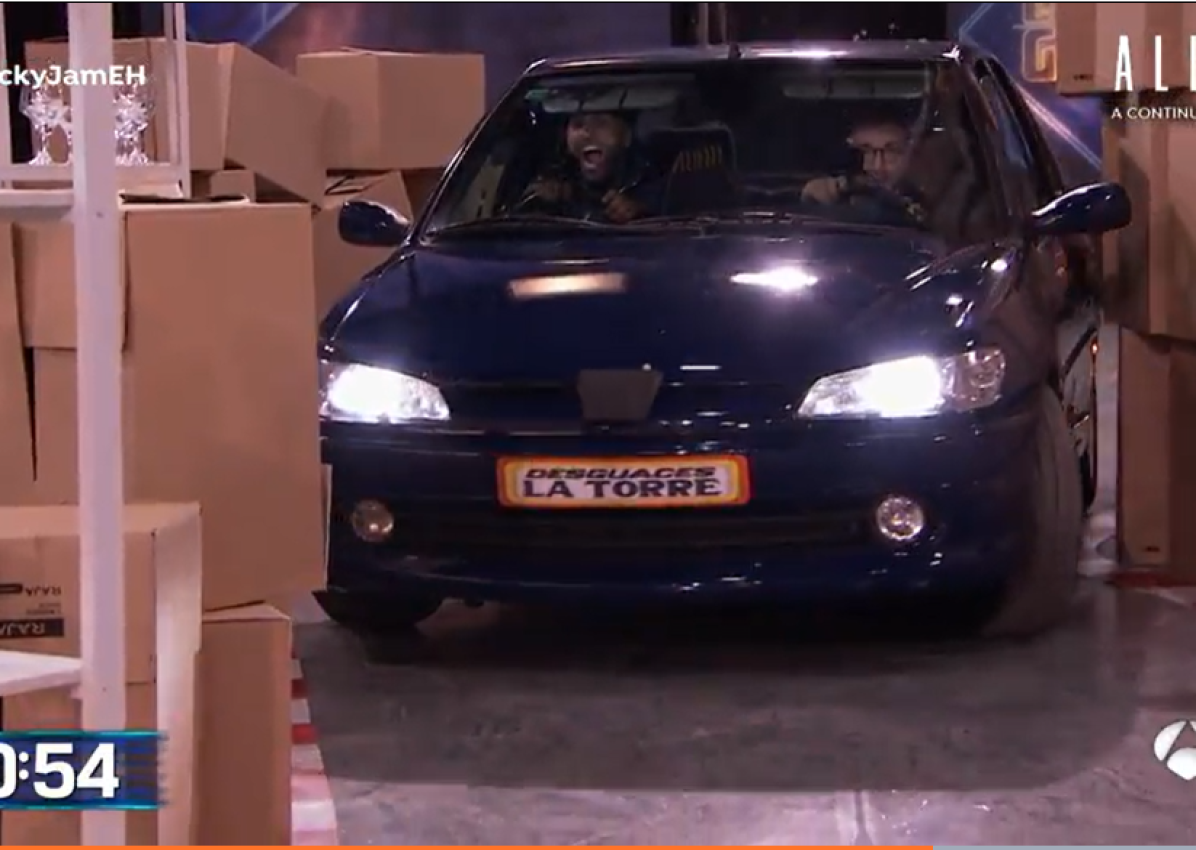It brings the groceries to the supermarket and the building materials to the construction site – the Euro pallet! Nine wooden blocks, eleven boards and 78 special nails, a relatively simple construction and yet it has revolutionised the transport industry. For over 50 years now, the invention of the “Europool pallet” has ensured that goods get to exactly where they are needed. We explain its use and the Europallet dimensions.
What exactly is the Euro pallet?
The Europallet or FP (flat pallet) for short can be any pallet from the Europool exchange system. It is a returnable transport pallet standardised by EN 13698-1. The base area is 1200 × 800 × 144 mm (length × width × height), the weight, depending on the moisture content of the wood, is 20 – 24 kilos.
What is the load-bearing capacity of the Euro pallet?
The load capacity of a Euro pallet is at least 1000 kilograms. The Euro pallet is a so-called four-way pallet, i.e. it can be picked up and transported from all four sides by automatic floor handling equipment, forklift trucks or pallet trucks. Euro pallets are standardised by the international railway company UIC (Union Internationale des chemins de fer) and comply with the regulations of the European Pallet Association.
The Euro pallet compared to other types of pallets
| Dimensions | Load capacity | Use | |
|---|---|---|---|
| Display pallet | 600 x 400 mm | depending on material, plastic e.g. (static) 800 kg | often used in retail or other presentation areas |
| Euro half pallet / Düsseldorf pallet | 800 x 600 mm | depending on the material, made of plastic e.g. up to (static) 2,500 kg | The Euro half pallet is actually half the size of a standard Euro pallet. Due to its compact size, it is often used in retail or for presentation purposes. |
| Euro pallet | 1200 x 800 mm | depending on the material, e.g. wooden up to (statically) 4,000 kg | The classic pallet for transport and logistics: Euro pallets are standard in Germany and the Netherlands. |
| Iso pallet / industrial pallet / block pallet | 1200 x 1000 mm | between (static) 3,000 and 4,000 kg | Standard for goods transport in France and England |
| Container pallet | 1140 x1140 mm | depending on material, wood (static) approx. 900 kg; pressed wood (static) approx. 2,700 kg; plastic (static) up to 4,000 kg | Use for goods transport by sea. Exactly two container pallets can fit in the standard sea container. |
Detailed information about other pallet types: Pallet types and their properties
The invention of the Euro pallet
The ancient Egyptians already used predecessor models of today’s pallet. Skids made of wood ensured that the stone blocks weighing tons could be transported to the construction site of the pyramids. The first patent for a wooden pallet was registered in the USA in 1939. Until the 1950s, however, there were inconsistent pallet dimensions in international goods traffic. European railway operators were in competition with goods transport by road and needed universal load carriers that simplified and accelerated the trade in goods – exchangeable Euro pallets were to provide a remedy.
The birth of the Europallet: In 1961, several European railway companies signed an agreement on exchangeable pallets called Europallet. In this agreement, they undertook to comply with the standard and to manufacture and repair the Euro pallets.
This monitoring/compliance was contractually recorded in the European Pallet Pool.
In the mid-1970s, the German Federal Railway then transferred the rights to the DB, RAL-RG 993, oval O and EPAL marks to the “Gütegemeinschaft Paletten”, the predecessor of the European umbrella organisation of EPAL. The signs were thus protected under trademark law. In the 1980s, the Europool pallet became the most popular pallet in the world and its main use shifted from train and ship transport to road transport. Then, in 1991, the European Pallet Association (EPAL) is founded, which is responsible for the organisation and control of the EPAL Euro-pallet pool.
How many Euro pallets are in circulation?
Today, there are an estimated 500 million of these useful wooden carriers in circulation worldwide. They have become a kind of barter currency, so you always get back as many exchange pallets as you deliver pallets with goods. Euro pallets may only be manufactured and repaired by authorised member companies. In Germany, the Societé général de surveillance Holding (SGS), controls the manufacturers.There are numerous regulations on what a Euro pallet should look like to make it easier to spot counterfeits.
The marking of a Euro pallet
Each Euro pallet bears several markings that must be present. The marking is done by branding.
-
- All four corner blocks bear the EPAL marking with an oval border (until 2013 EPAL on the left and EUR on the right).
- Middle block:
- Marking of the railway approved for production (e.g. DB for Deutsche Bahn).
- Country of manufacture e.g. DE for Germany
- Quality test clip (under the country marking) and repair nail if applicable (for repaired Euro pallets a round test nail).
- Numbers: Manufacturer’s number – Year of manufacture – Month of manufacture.
- IPPC marking for pest-free wood (export relevant)
How to recognise a Euro pallet
Exchange criteria
There are also some points that must be observed for the exchange so that the pallets can be exchanged:
-
-
- It must be a Euro pallet according to the quality criteria.
- The consignor must refer to the Euro pallet when placing the order.
- The number of Euro pallets must be indicated on the shipping documents
- The carrier commissioned by the shipper must acknowledge – usually on the freight documents/delivery note – the number of Euro pallets taken over at the customer’s premises.
-
However, pallet exchange is not common in all states. There is no obligation to exchange.
According to EPAL, pallets are not exchangeable if
-
-
- the pallet was not manufactured by a licensed company according to EPAL criteria,
- the EPAL or other markings are missing on the blocks,
- one or more boards are missing or broken,
- boards are damaged so that several nail shafts are visible,
- a block is missing or has been damaged so that more than one nail shank is visible,
- the load-bearing capacity is no longer guaranteed (rotten, dirty)
- unacceptable components have been used.
-
The regulations for the manufacture and repair of EPAL Euro pallets are very extensive and regulated from the thickness of the boards to the nail pattern. Violations are regularly prosecuted under criminal and civil law.
The Euro-pallet has very good future prospects, as they are very environmentally friendly thanks to their renewable material. The reusable system additionally relieves the environment.
















